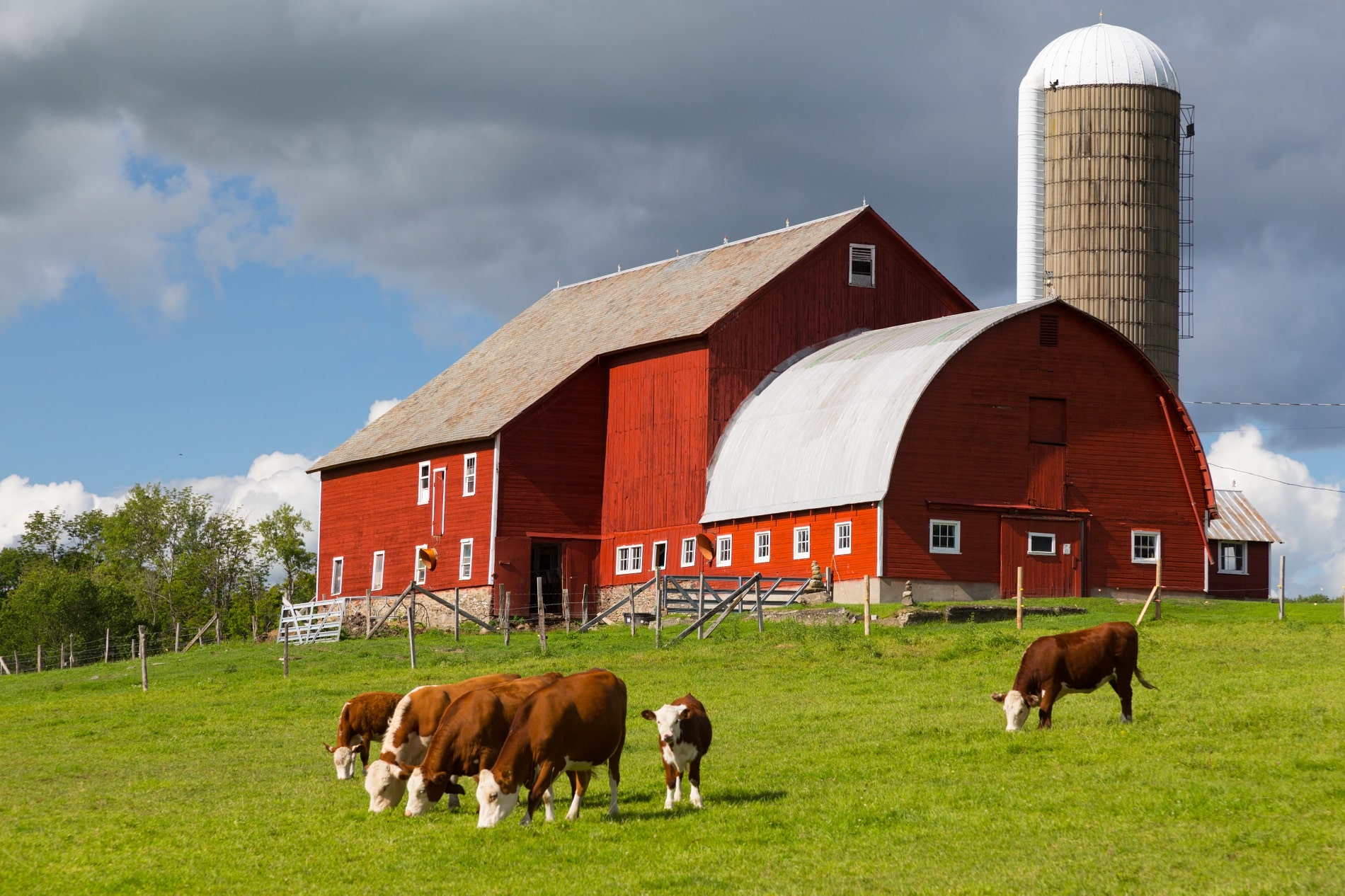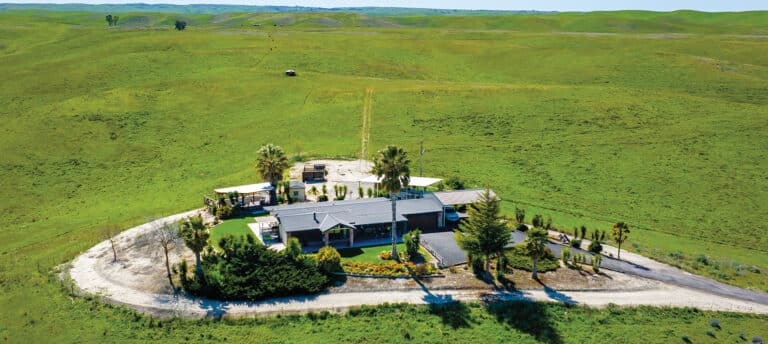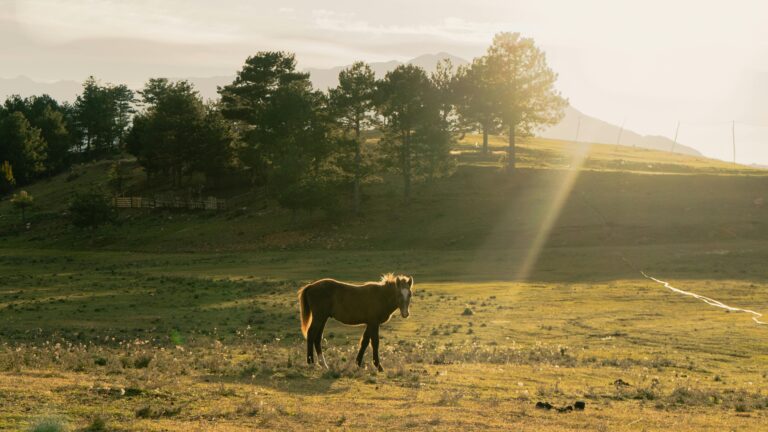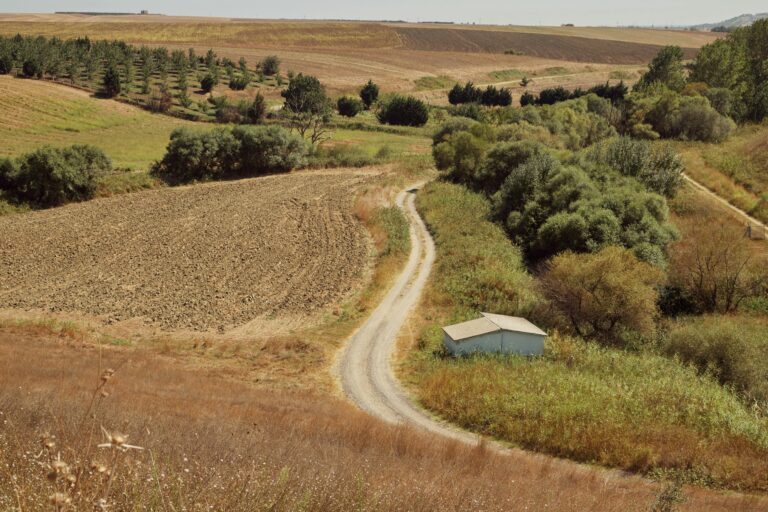Buying a farm is no small feat, so it’s important to consider your purchase from every angle. Being prepared goes a long way—there is nothing worse than jumping headfirst into a new venture only for things to go awry. From unforeseen expenses to unpredictable microclimates, many factors could jeopardize the success of your farm. That is why it is so important to understand the essential tips for a first-time land (or, in this case, farm) buyer.
As a prospective landowner, you may be so excited to get your hands dirty that you miss your checklist for buying the land. Read on to discover our tips and tricks when purchasing farmland for the first time.
1. Develop a Financial Game Plan
First, before beginning the purchase process, make sure your wallet is up for the challenge. Farmland is a significant investment, and new landowners should have a clear financial picture before making a purchase. Establish both short- and long-term goals to keep in mind every step of the way.
Set (And Stick To!) A Budget
Your available budget will help narrow down your options and get you started on the path to success. In addition to buying land and its brick-and-mortar structures, you’ll have to factor in any renovations, equipment, livestock, and other upfront costs associated with active farming.
As you crunch the numbers, don’t forget these two important considerations:
- Mortgage – Use a mortgage calculator or head to your local bank to verify the loans you qualify for and your estimated monthly payments. Having a calculator handy will also help determine the potential acreage of your farm.
- Property taxes – Based on local laws, your farm’s zoning class will determine your annual property taxes. Find out the zoning status so you can incorporate these taxes into a budget.
And once your budget spreadsheet is complete, you’ll know what margins your farm must meet. At Land.com, you can easily browse through listings and narrow it down by property type, square footage, price, acres, location, and more. Apply filters will help ensure you find a property you love while sticking to your allocated budget.
Maximize Revenue and Profits
Once your farm is up and running, you’ll need to turn a profit for it to stay that way. Although operating at a loss initially isn’t cause for concern by itself, your farm can’t perpetually operate like a tech start-up.
Part of your financial assessment should include a revenue forecast, both quarterly and annually. Your upfront costs should not surge too far ahead of estimated revenue, and you should have a clear plan for breaking even. During your calculations, don’t forget the unexpected costs that inevitably spring up in day-to-day work and put added pressure on a tight budget.
If your calculations aren’t looking favorable, consider a smaller or cheaper portion of farmland rather than breaking the bank.
2. Evaluate Property Features
With countless property types, amenities, and terrains, the market is full of options for every landowner. Try making a list of must-haves to narrow down your search and prioritize your dream farm. Don’t overlook two critical components: location and property.
Location is Key
Rapid answer time: Where do you envision your farm?
Perhaps you’re committed to staying in your home state for are open to where the land takes you. Many farms are located in the midwest or Texas, but some are along the coasts. While the right location depends on your goals, there are a few factors for all landowners to keep in mind:
- Proximity to buyers – If you plan on selling products to local supermarkets or farm stands, you need customers. It’s supply and demand 101; you don’t want to be stuck with pounds of leftover crops and no buyers within miles. Investigate the local produce scene so you can accurately develop a business plan.
- Access to supplies – From equipment parts to animal feed, everyday essentials should be easily accessible from a nearby town. Otherwise, you could waste a whole day of work driving to the shop.
- Topographical features – Research the properties of the terrain before making your purchase. Is the area prone to flooding? Drought? Seasonal insect infestation? You don’t want any surprises once you start farming.
- Easements – Make sure you know what public rights there are to your property. Easements commonly include road, power, sewage, water, and other public works, and their clauses can be complex.
After evaluating the land’s location, be sure to assess the rest of the property as well.
On-Site Structures
While some farms for sale consist of empty acreage, many include homes, barns, or other buildings. If you want a residence on your property, remember to factor it into your budget. If you plan on having livestock, the same goes for animal shelters or fencing.
Even when land includes buildings, they may be run-down and in need of repair. All structures should be inspected for safety, electrical, and plumbing before purchase.
If a deal seems too good to be true, it might be. Construction costs can quickly add up, and what was at first an under-budget farm could soon become an expensive renovation nightmare.
3. The Importance of Soil
Any farmer can tell you that soil can make or break the success of your land. However, not all soil is suitable for growing crops, and certain crops thrive in different soils than others. It’s crucial to choose farmland well-suited for the crops you want to grow.
Soil Testing: Properties to Consider
Good soil is the foundation of flouring farmland, and we recommend getting your soil tested before breaking ground. Here are some factors to be aware of1:
- Mineral composition – Fertile soil contains a balanced mix of three main mineral components: sand, silt, and clay.
- Soil organic matter (SOM) – Soil organic matter is made of decomposed organic material and provides numerous benefits for crops, including nutrients, structure, and aeration. It is SOM that gives topsoil its distinctive dark color.
- Drainage – While all plants need water to survive, too much water can cause root rot or moldy crops. Soil must be porous enough for irrigation and drain throughout routine watering and rain.
- Airflow – Similarly to water, air must be able to flow through the soil to provide oxygen to the plant. Without proper airflow, soils are less fertile.
By better understanding your soil, the upfront expense of soil testing is a long-term investment in your farm.
Choose the Right Soil Type
The USDA reports twelve taxonomic orders of soil nationwide.2 So, what’s the best soil for your farm? Let’s break down three of the most common soil types1:
- Loam – With nearly equal amounts of sand, silt, and clay minerals, loam is a medium-textured soil most widely used in agriculture. This highly fertile soil is adaptable, porous, and nutrient-rich. When purchasing farmland, you can’t go wrong with loam.
- Clay – While clay is not as fertile as loam, it is still ideal for specific plants. Clay has a thick structure adept at retaining water, which helps ensure crops receive essential nutrients. It is a good soil for plants that require a lot of moisture. However, this also means that proper drainage and aeration can be a hassle.
- Sand – While sandy soils encourage water drainage, the benefits stop there. It is tough to grow crops in sandy soil, as it is nutrient-deficient and prone to erosion. For context, think 1930s Dust Bowl. Save yourself the headache and steer clear of sandy farmland.
4. Test the Water
Before purchasing land, you’ll want to ensure the quality of both the drinking and irrigation water. A comprehensive test will identify many potential toxins and contaminants, including:
- Bacteria
- Colony forming units (CFU)
- Metals
In addition to being a personal safeguard, water testing is also required in some states when growing and selling produce.3
Water Sources
So, your water is safe to use—but where is it coming from? Perhaps your farm will have a drinking well or a natural water source on the property, but in most cases, you’ll construct, expand, or maintain water infrastructure.
Every farm must account for:
- Drainage
- Irrigation
- Drinking water (for people and animals)
Plus, before creating any of these systems, you will need to consult and abide by the appropriate water laws.
Know Your Water Rights
Agricultural water makes up around 80% of the nation’s water use, which has led to an official water regulation system for farmers. It is crucial to understand the local water laws that apply to your farmland. Complex water laws differ by state, so new landowners should become familiar with these regulations and talk to their state water agency about any concerns.4
5. Make a Site Visit
At the end of the day, you should feel confident in your decision to establish your new farm. Visit in person and take a walk around the property. Get a feel for the climate, sunlight, wildlife, conditions, and more.
Still, don’t forget that the “eye-test” needs to match the by-the-numbers assessment. Even if a farm looks perfect on paper or when visiting, be sure to check the boxes for testing and inspections we’ve mentioned.
Find the Perfect Farm with Land.com
At Land.com, we’re committed to empowering farmers and landowners across the country. Browse options, compare features, and add listings, all from our streamlined platform. We provide customizable and affordable solutions from our trusted community.
Land is an investment in yourself, your career, and your legacy. Browse thousands of listings on Land.com today to embark on a successful and sustainable future.
Sources:
- Nature. Soil: The Foundation of Agriculture. https://www.nature.com/scitable/knowledge/library/soil-the-foundation-of-agriculture-84224268/
- U.S. Department of Agriculture. The Twelve Orders of Soil Taxonomy. https://www.nrcs.usda.gov/resources/education-and-teaching-materials/the-twelve-orders-of-soil-taxonomy
- National Sustainable Agriculture Coalition. Agricultural Water. https://sustainableagriculture.net/fsma/learn-about-the-issues/agricultural-water/
- The National Agricultural Law Center. Water Law: An Overview. https://nationalaglawcenter.org/overview/water-law/



